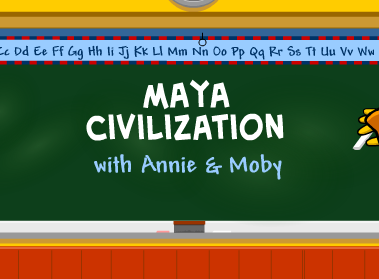As with our previous Museum Night project, this project is closely connected to the DC standards of learning for first grade, including:
- Social Studies 1.4 Students describe characteristics of the of the Maya, Inca, and Aztec civilizations.
- Social Studies 1.4.3 Explain their artistic and oral traditions, and their development of writing systems and calendars.
- Social Studies 1.4.4 Describe the inventions and advances astronomy, mathematics, and architecture [of the ancient Maya, Inca, and Aztec people]
We planned out our display as a class and decided what topics would be most important to teach our families and friends about the Maya, Inca, and Aztecs. The kiddos worked in pairs or small groups to make posters about the most significant developments, advances, and adaptations that we had discussed. Then we put together a detailed bulletin board that connected each poster to part of the Mesoamerican landscape.
Here's how we did it:
Then the kiddos created texture and add details: they dipped Q-tips in green and yellow paint to make corn for the hill tops; they layered tissue paper to build rocks, leaves, and dirt on the terraces; they sponge painted with cotton balls to create a stone facade on the temple.
Then we used strings to link the posters to specific objects on the board.
 |
| Poster about the importance of stars to the Maya, Inca, and Aztecs |
The kiddos are ready show off how much they have experienced and learned about these ancient civilizations!


















